How to paint: Slime
Introduction
Ayo ayo ayo! Welcome to our first Katsis article written by yours truly Fractal. Before we start I want to mention that I am in no ways a master, writer, or even a good enough artist to be giving out tutorials, but here I am writing and here you are reading, so... Lets give it a try anyways? Alright? Still there? ... Alright enough yapping lets go:
What to keep in mind
When painting textures, there are 3 things you want to keep in mind:
- Light position: Where is the sun? Is there any lamps? Maybe fireflies? All of these will affect how shiny the texture will be, where the shadows are, and more.
- Aspects of the material: I know, I know, this is vague, but it basically encompasses the material unique aspects, for example with slime its goeyness, the viscosity of dropplets, transparency, ect... We will go into more detail.
- Values: 'Nooo don't teach me color theory nooooo' Yeaah, color values are basically what is your whitest white and blackest black, this affects the texture and how easy its is to read it.
Got it? Cool, then lets actually get painting!
The Sphere and Light position
First we start with a black circle, I know quite boring, but this will help convey what we mean the easiest.
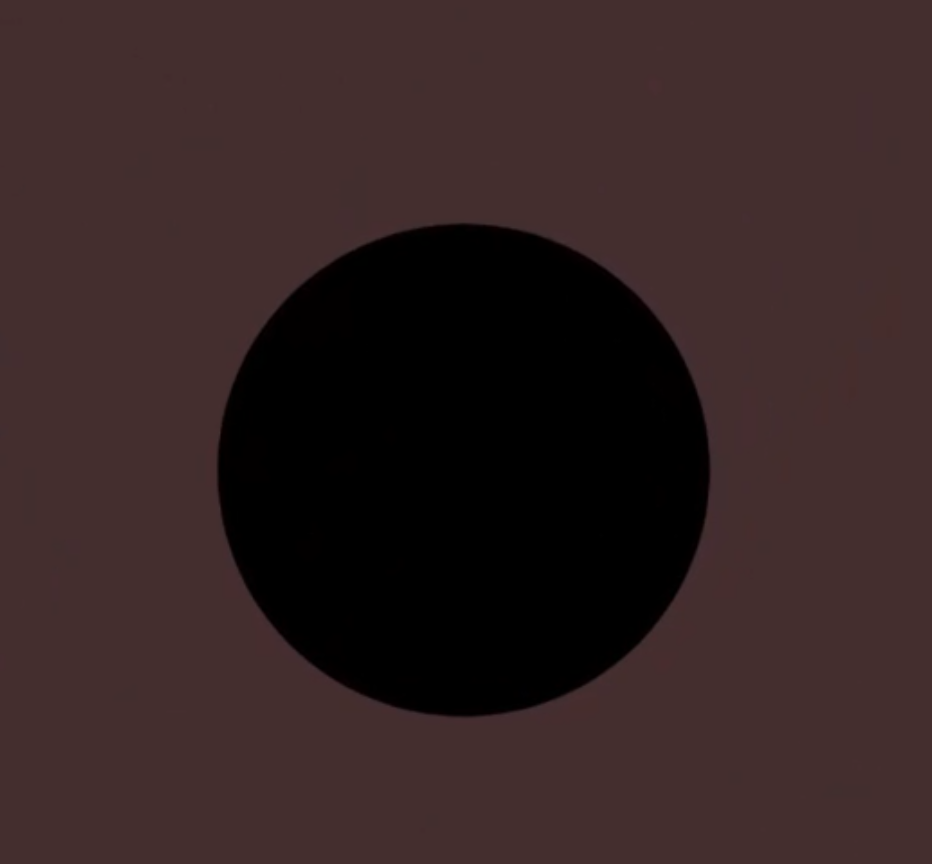
Then we decide where to put our Light position. This can be on the top, bottom, behind... You know, just like having se-
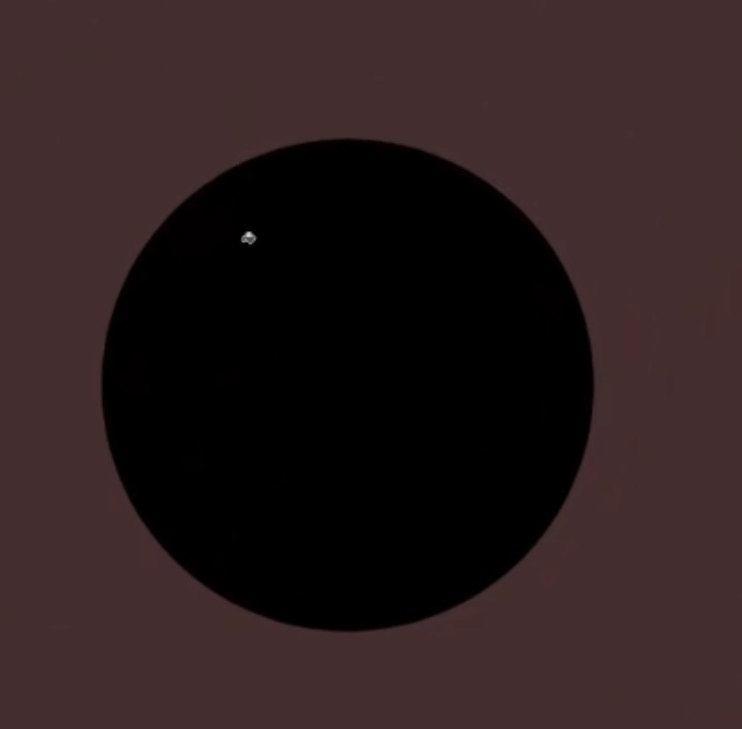
This should leave you with a nice phong looking sphere. Still reading? Aight lets keep going.
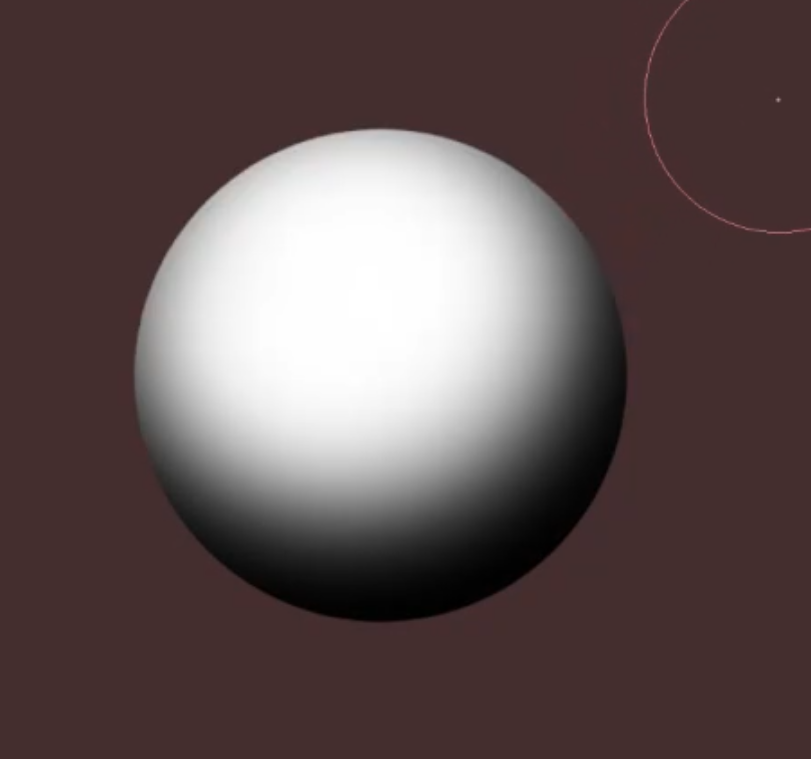
Aspects of the material
For this material we are painting Slime, if I had to define slime I would think of it in the following ways:
- Liquid Goey / Viscous: Its a liquid, so it will have droplets, but its really viscous, so these will stick to surfaces and between themselves. It also means that the dropplets will be heavier than you would have with lighter liquids like water.
- Shiny: Some slimes can reflect a lot of light! Some can even act as mirrors, so feel free to go crazy with the shines, but remember, in many ocassions less is best.
- Sticky: Depending on the context you draw the slime in, it can cover and show the shape of whats underneath, lets say we drop some liquid slime on top of a dick, then at some point it will cover it up showing a thin layer of slime with the shape of the dick underneath, cool right?
- Transparent and Specular: Slime can be transparent, so it can be cool to show whats behind or underneath it. Its also Specular so it will be cool to add things like backlight to it.
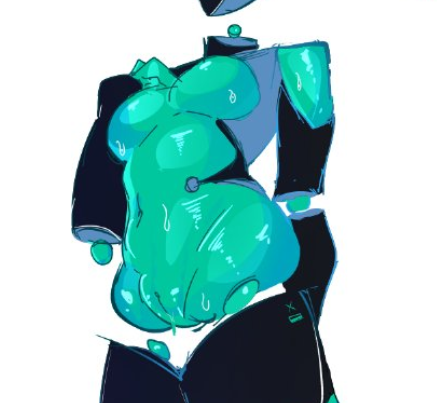
In this doodle you can see some of these things applied. You can see the arm behind the left breast, there are simple shines, and its viscous with some dropplets melting near the vagina.
Values and Actually painting
Okay now lets get back to our sphere... First we decide where our light goes:

In that image you can see that I also added a black shadow in the inside. With transparent materials, specially liquid ones a shadow in the inside of the sphere can convey that something can go inside, or that it can have a reflection... I know I know its weird, but hear me out
Exaggerate some of the lights, this is a stylistic choice, but isn't everything about painting a stylistic choice?

Remember that slime is specular? Yeah? Then lets add some backlight.

Cool, now we have a sphere that could be slime, latex, or a black glass... Lets make it goey by adding a drop.

So it makes sense, the inner shadow will follow the shape of the dropplet. Also note how the drop is quite thick, this is to represent viscosity.

While drawing the dropplet there is also some separation to show that the bottom part is thicker. The easiest way to show this is to add its own inner shadow.

After that just add highlights and backlight and boom viscosity!

And thats pretty much it!
Conclusion
After that last step you can go crazy, adding more dropplets, using textured brushes to add even more texture, or even add FX layers! (We will cover these in its own article)! For example I added one to this sphere to make it look more glassy than slimy:

Now, I will leave you with some more examples on where I used these tips:
In this one for example, You can find the same basic tips, starting with a blank sphere, adding inner shadow, highlights, specularity and viscosity at the end.

In this one you can find our pretty slime girl Maki! I was playful with the highlights by making them into hearts, I also added very thick dropplets. And of course, it being a drawing of mine you can see a lot of FX like halftones and dots/stars.

For one of our games I had to make a slime egg in pixel art, that was challenging but I used these tricks to paint it. You can see inner shadow, and a core with transparency, the dropplets being thick, you know the drill haha.

Lastly, remember! You can be creative and can bend these rules. You can make slime stiffer for slime dicks, or very melty for transformations, play around and make your own slime style. Hope at least a few words from this article were useful, I'll see ya around!
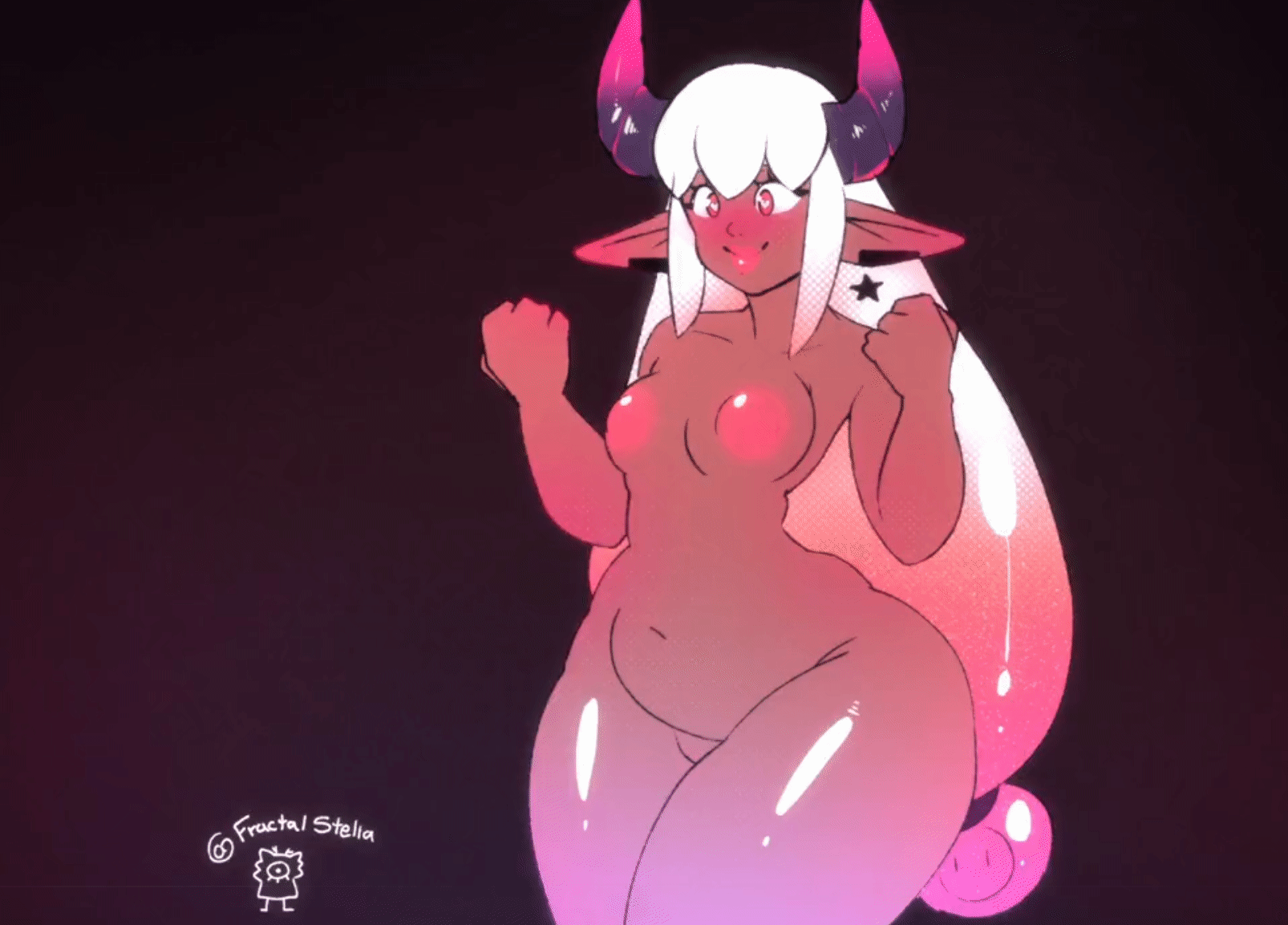
Fractal out! ₍^. ̫.^₎